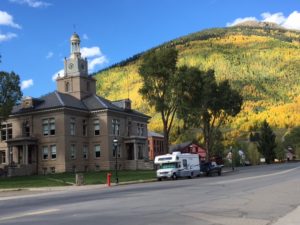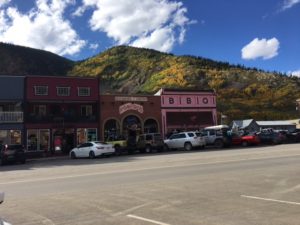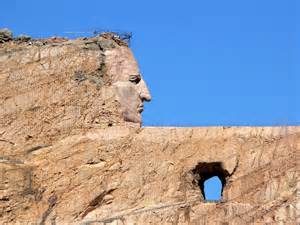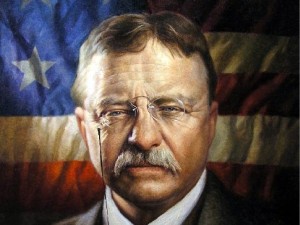SILVERTON, Colo. — Our retirement trail took us to what I believe is one of the most picturesque towns I’ve ever seen.
Silverton sits in a valley surrounded by peaks of the San Juan Mountains. It’s perched 9,318 feet above sea level.
They run a narrow-gauge train between Silverton and Durango. We chose to drive it ourselves along one of the most spectacular stretches of U.S highway I’ve ever seen in my entire life.
It’s U.S. 550. It tops out between Durango and Silverton at a pass that measures 10,640 feet above sea level. And, yes, the aspen are starting to turn into that spectacular yellow one sees on those Rocky Mountain postcards.
I want to mention this visit because it kind of surprised us when we arrived at this town. We hadn’t planned on making it a destination during our day on the road. It turned out to be.
It’s a small burg, to be sure. It looks rustic in the extreme. City Hall was built in 1908. It’s single street is lined with a series of gift shops, coffee houses, joints that serve craft beer, barbeque restaurants.
Interestingly, I didn’t see any, um, head shops or places that sell marijuana. They made “recreational marijuana” legal in Colorado a year ago. Actually, on our most recent visits to Colorado, I haven’t discovered a huge cannabis influence in people’s daily lives. Then again, I might not be looking in the right places to find it.
Silverton, though, has emerged as one of those post-retirement discoveries we have made on our journey across North America. The only other town I can compare to it might be Deadwood, S.D., which we saw not quite a year ago on our way home from Mount Rushmore.
I am willing to bet the farm that we’ll have many more of these discoveries in the years to come.




